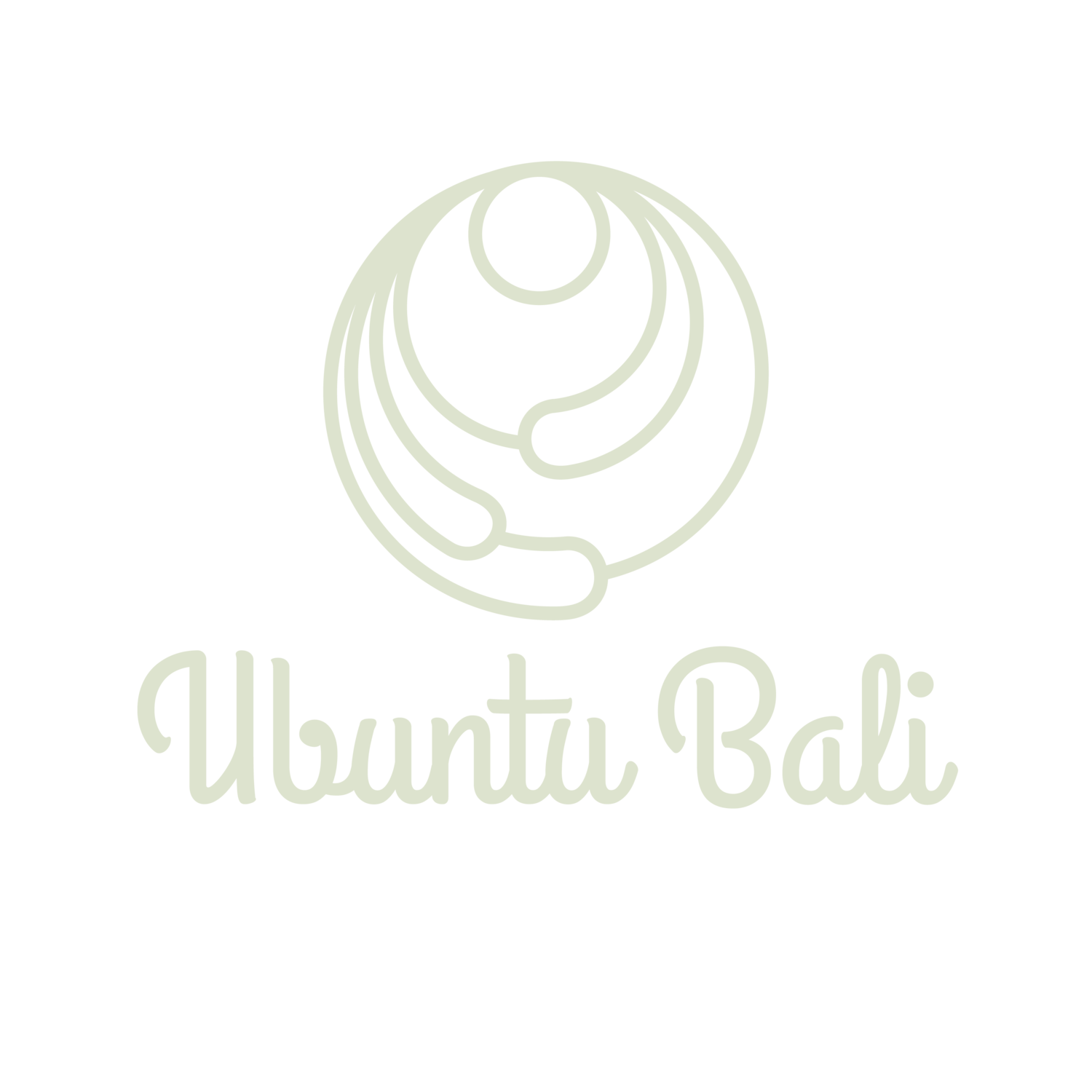Power Of Prana & Drishti In Ashtanga Yoga
Written By: Andréa Drottholm
Our life is like a ship on the high seas, sometimes gliding smoothly forward on the surface, other times, when the storms come, our vessel is thrown violently in all directions. How can we keep balance upon rocky seas, when we are pushed left and right by the elements? How can we steer an even course through the realities of life, the challenges, the ups and downs?
A daily practice. Showing up to meet myself on the mat every day gives me good insight to where I am at in that moment.
I may feel heavy, unmotivated and in no mood to practice. My mind tells me to go back to bed, rest, be kind to myself. It’s tempting, but I also know it’s not good for me. Experience has shown me if I give in to my lazy side and return to my comfortable bed, I will be in a foul mood later in the day. I know from my own experience my practice is really good for me, it’s a necessity.
Most of the time, I do show up. On those heavy days I focus even more closely on breathing and inward focus (dristi) to is what is happening in my body and mind. It’s like going on an exploration, a field trip!
The style of asana I mostly practice is called Ashtanga Vinyasa. A big part of our technique is each inhale or exhale is connected to a specific movement. For example, as I inhale, I raise my arms up, extend, fill my lungs to the rim, feel every muscle stretching out, then I as exhale, I fold forwards, let go, release all tension and surrender to the moment whatever is there, whatever shows up.
The more I stay in focus and present to the internal sensations, the movements, and breath, the deeper I go through the layers of my own body and mind.
I direct my breath to the tensions in my body, and although I hear much chattering in my mind, I stay focused and the chattering starts to subdue till the point all I can hear is my breath - inhale and exhale.
If my body is still feeling heavy and perhaps even painful, I move consciously to see how the breath can support this, I slow down my movements extend my breath and simply lighten up the physical practice instead of pushing and forcing against the energy of the day.
Breath-Prana is a powerful tool which shows us how we feel internally. Typically I breathe shorter when anxious or unbalanced. I then know to direct my breath to become slightly longer and even louder using the Ujayi breath to calm my mind.
Prana is our life force and we cannot live without it, but we can control the quality of it. It can be used in so many ways, breath exercises, Pranayama, to work on our nervous system, heating the body internally or cooling the body, strengthening and expanding the diaphragm.
Dristi directs attention inwards, guiding prana to do its magic. When I feel attuned to the prana, I feel the energy coming to me. At this time even a light soft gentle practice gives me the same results as a dynamic practice.
As women we have a great opportunity to observe the fluctuations of prana during our menstrual and ovulation cycles. We can notice whether and how the cycles of the moon are affecting these functions. Then experiment with what works better for you. From my own experience, I meditate instead of practice asana on the first three days of my menstruation and during strong ovulation days.
Just as we must learn to read a compass before it can be useful, if we can learn to read the prana flowing through us, we can navigate peacefully through the inevitable changes and challenges in our life.

